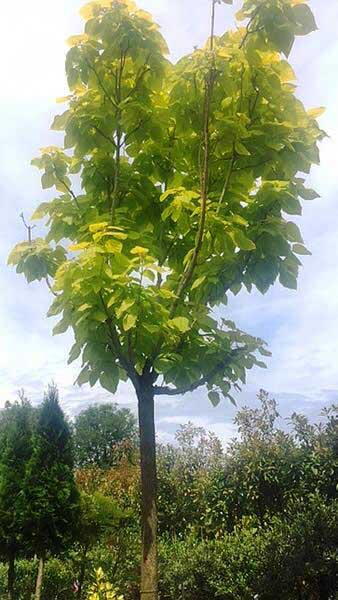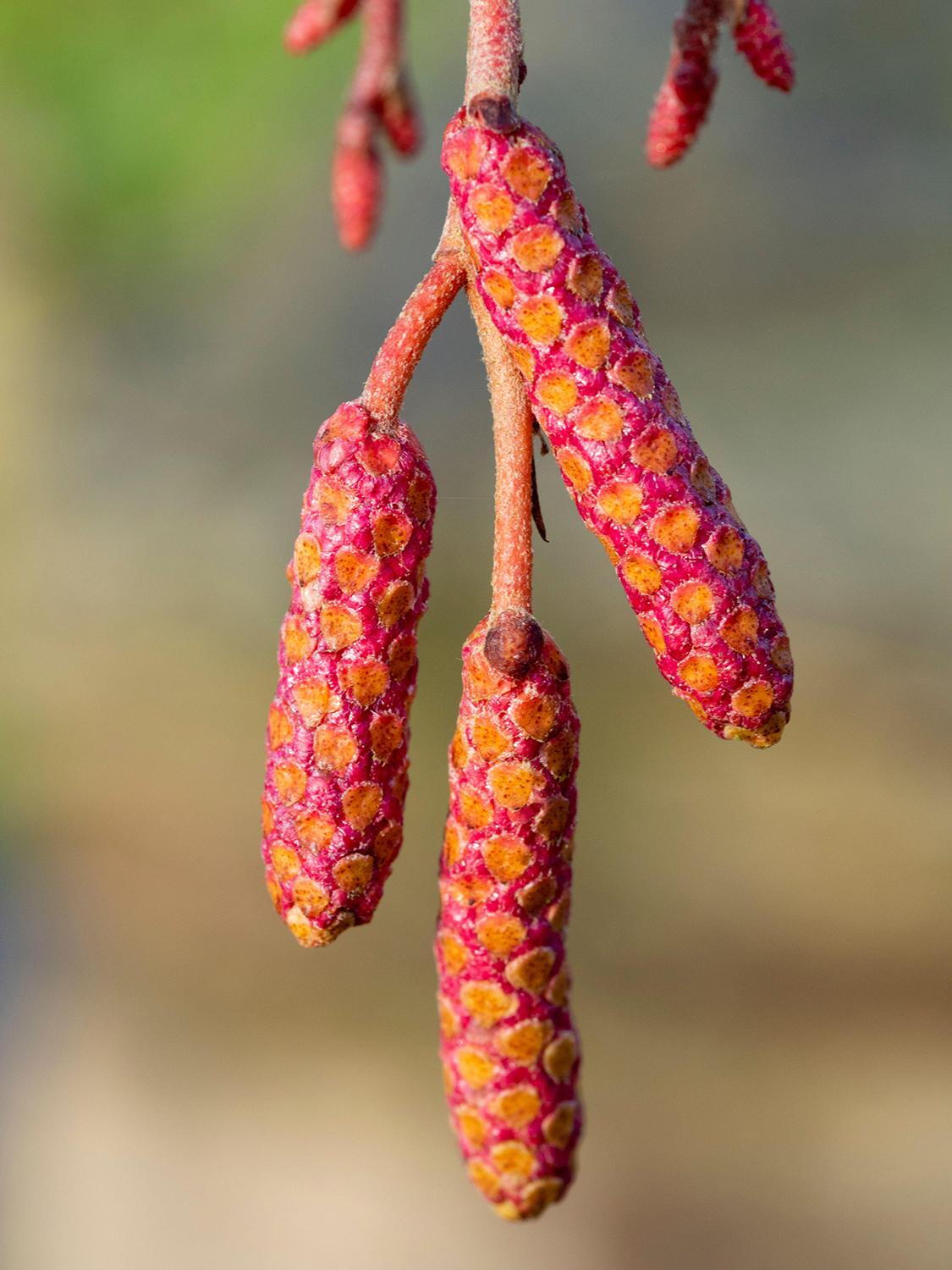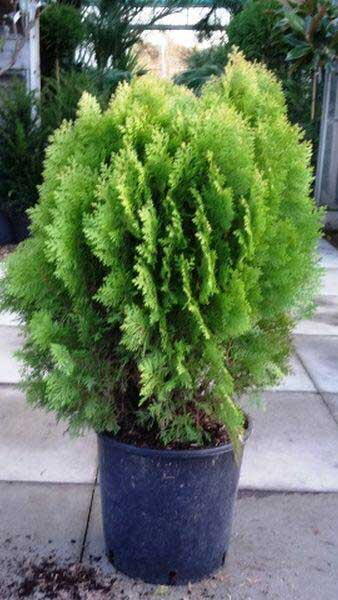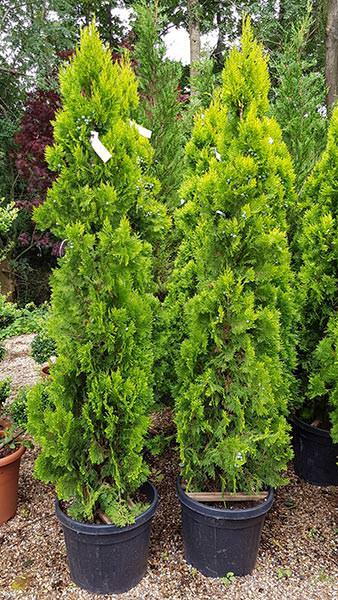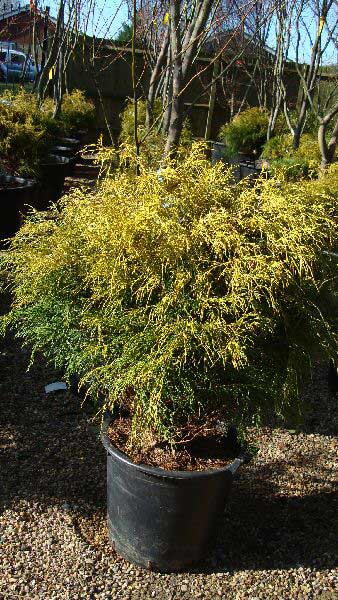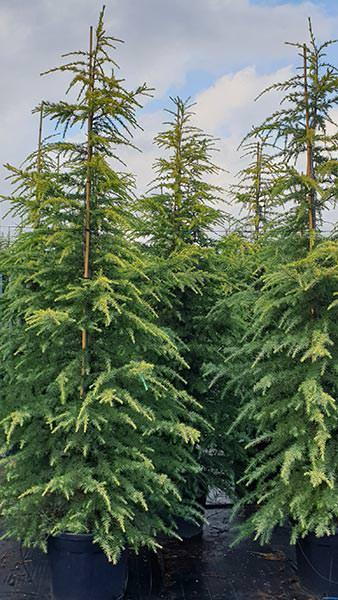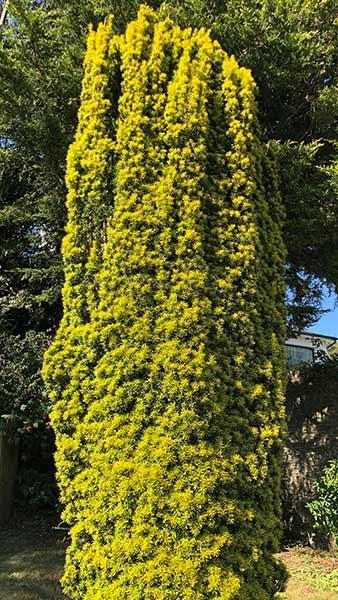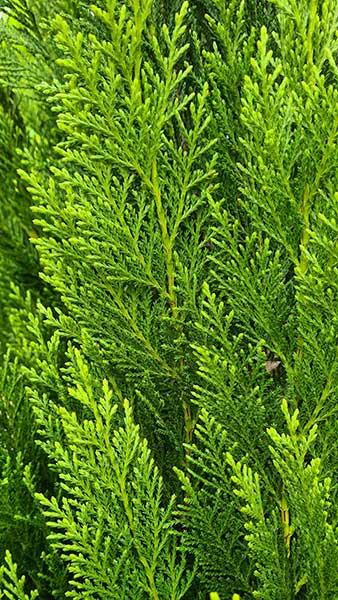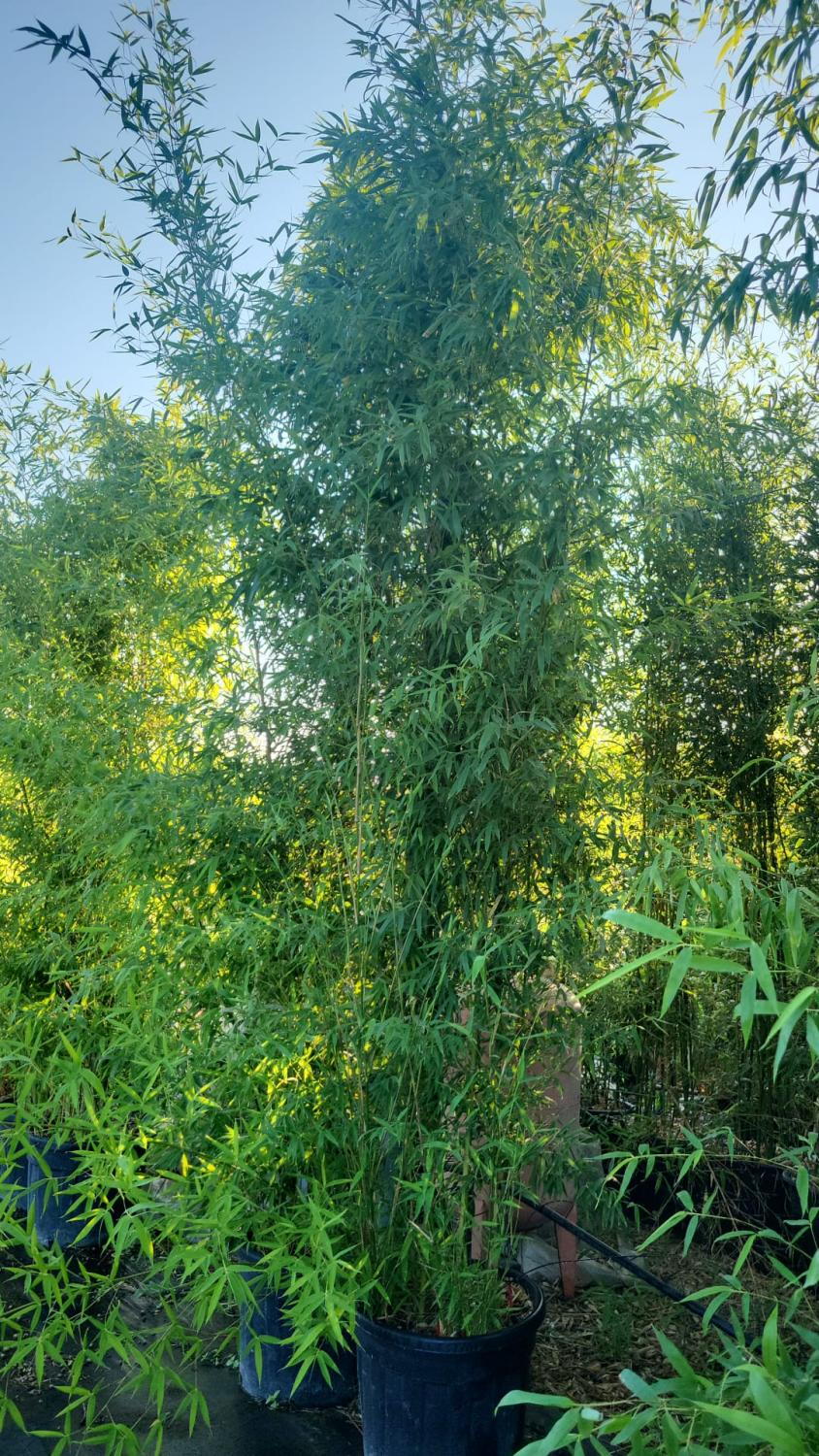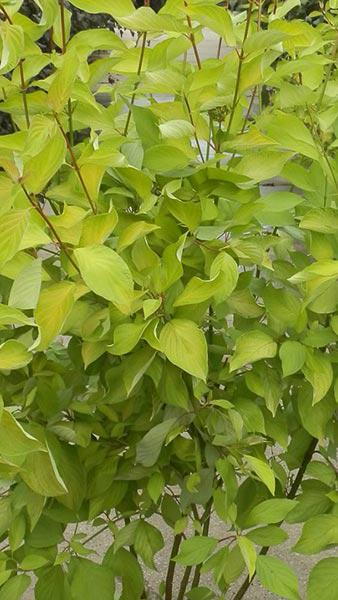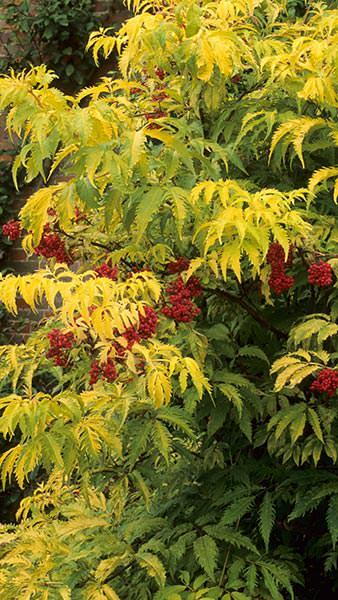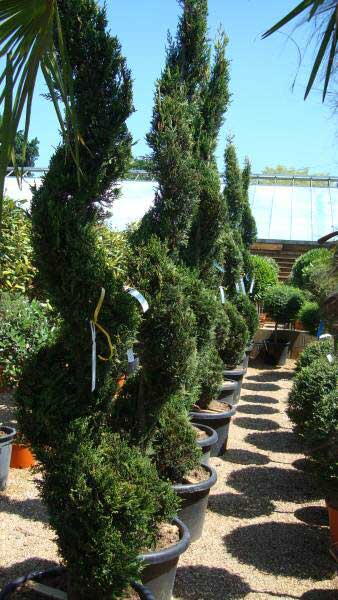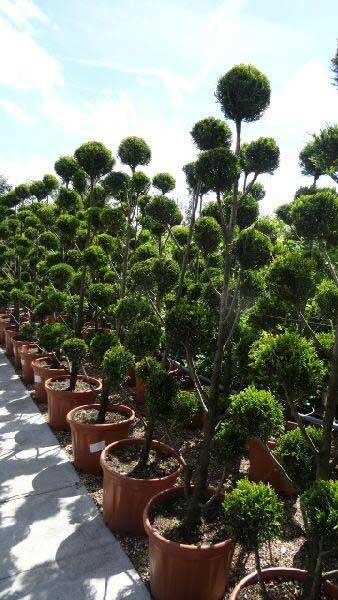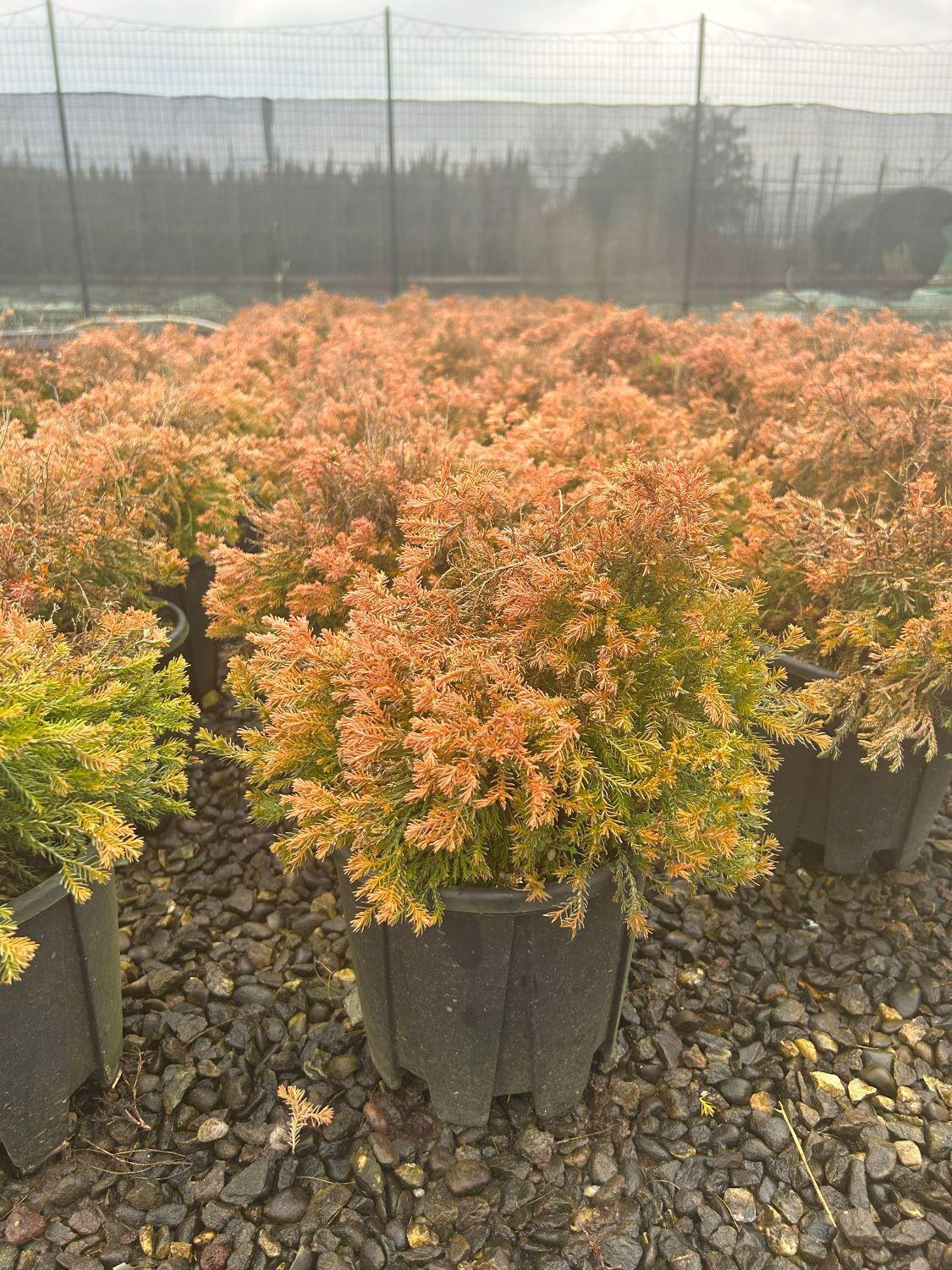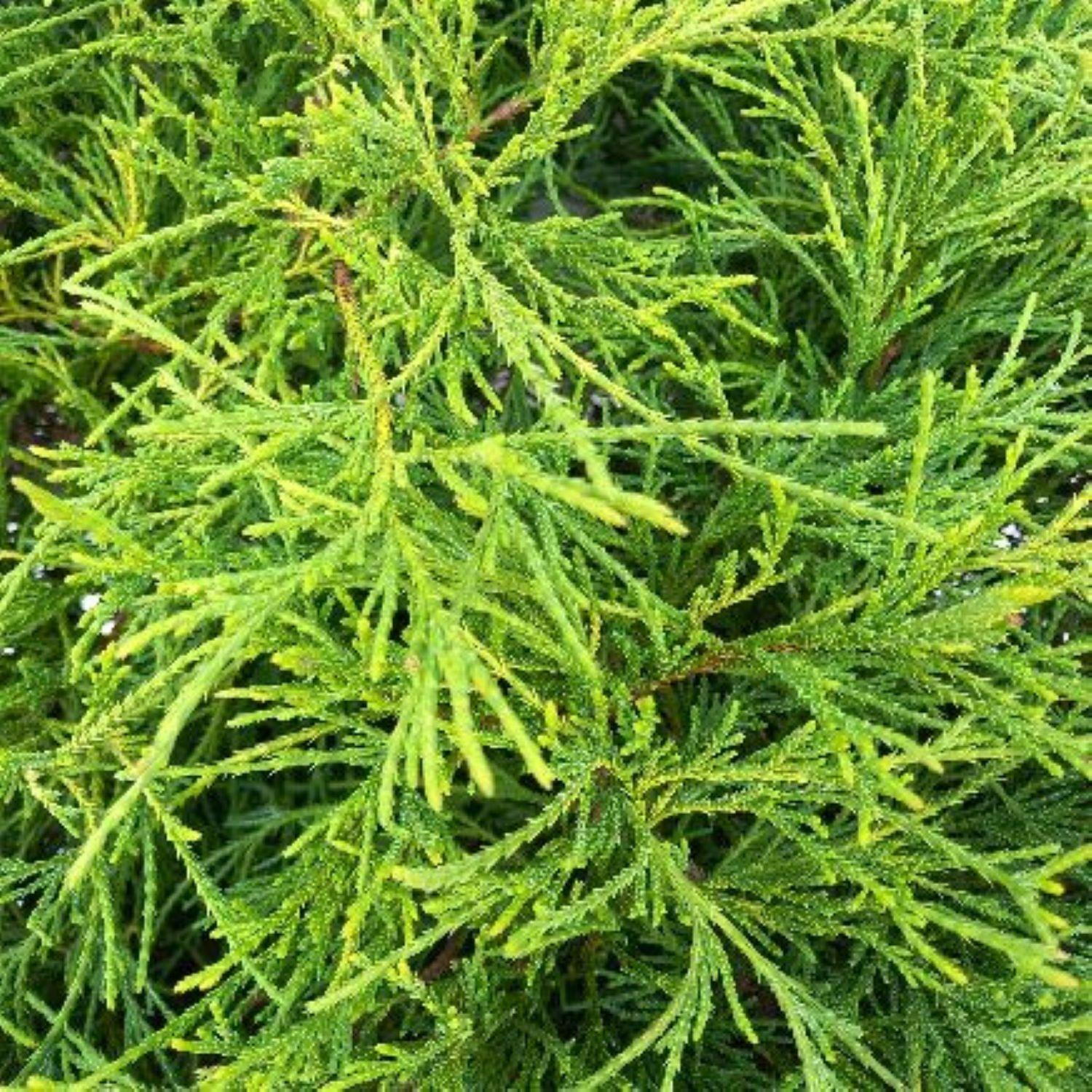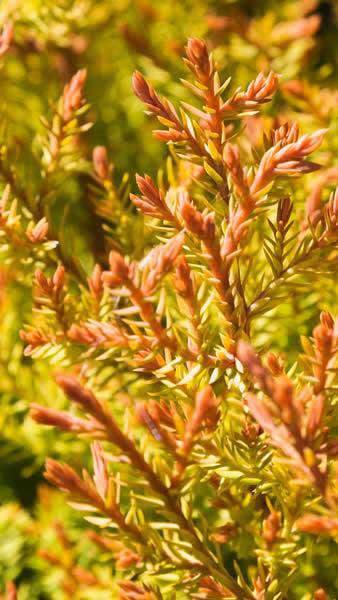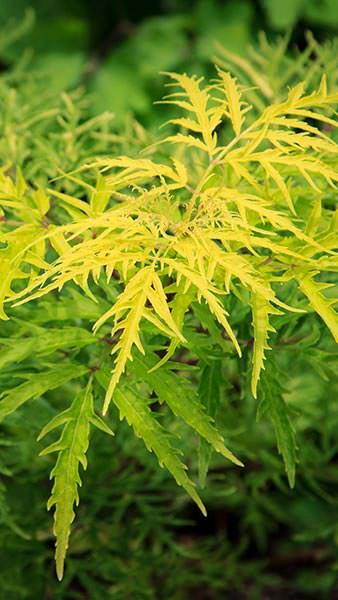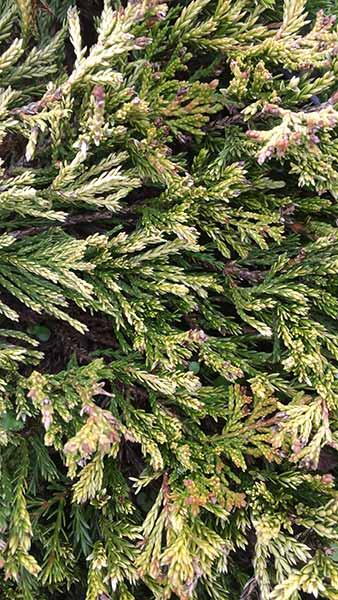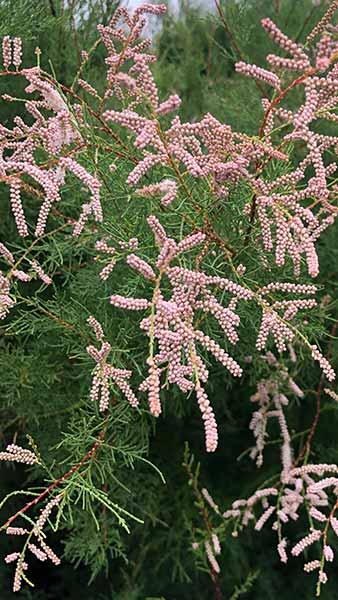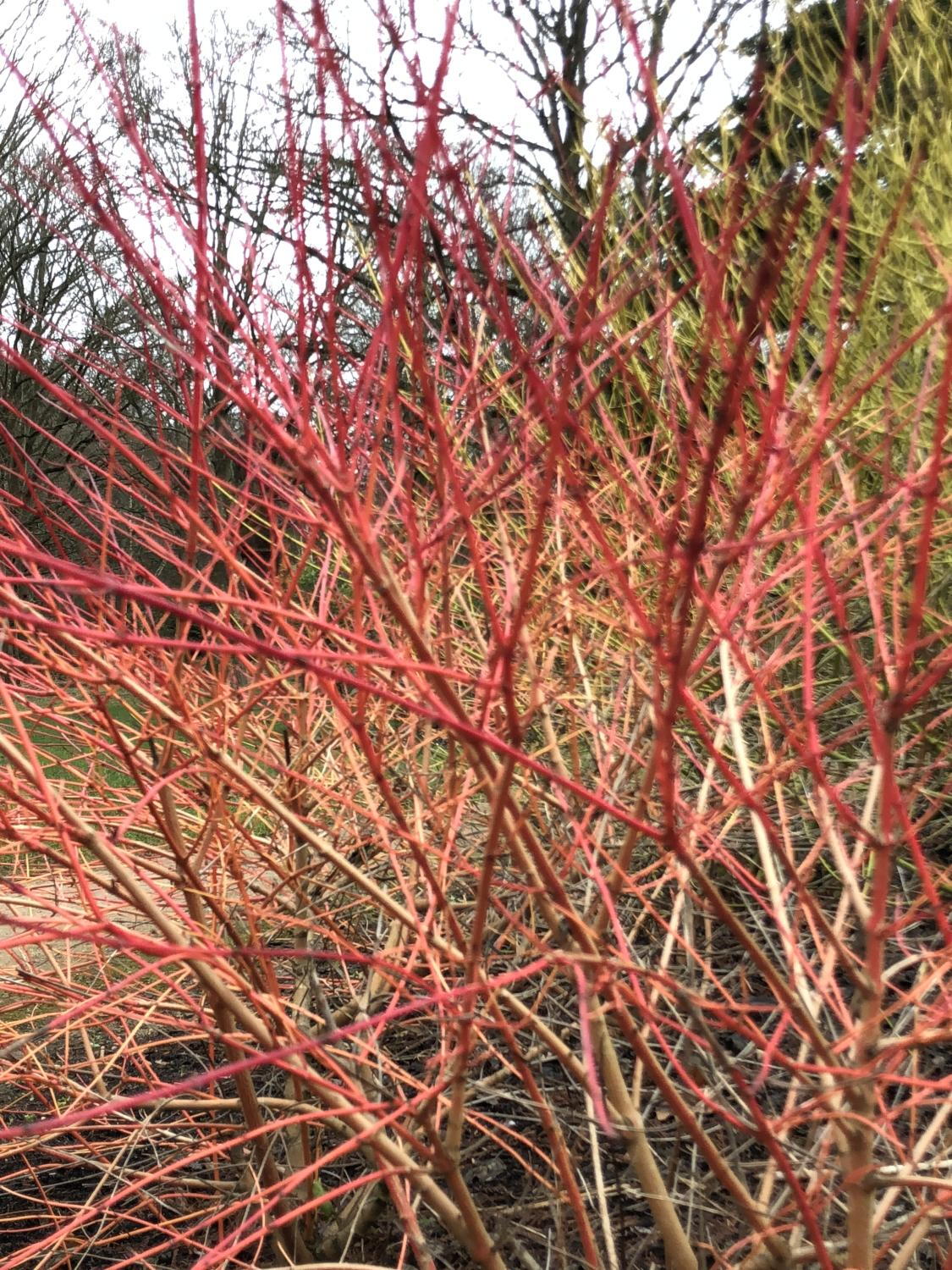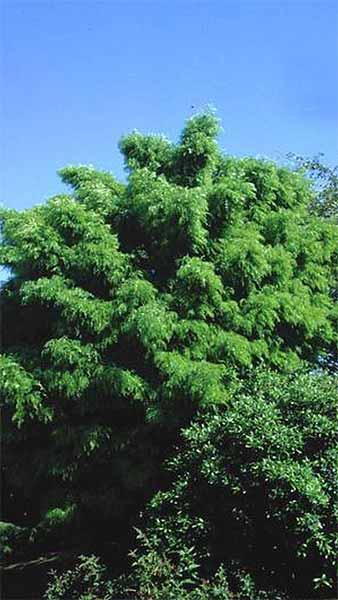Gleditsia Triacanthos Inermis Thornless Honey Locust Trees
Gleditsia Triacanthos Inermis or Thornless Honey LocustGleditsia Triacanthos Inermis, to give it its full botanical name, is a variety of Honey Locust that bears no thorns. This is an elegant, large deciduous tree with beautiful frond-like leaves that is undemanding and makes a good candidate for a shade tree, specimen tree or an addition to mixed shrub borders.The showy foliage of Thornless Honey Locust consists of pinnate to bipinnate leaves with ovate leaflets. The colour of the foliage is dark green for the better part of the year, but, in the autumn, it turns to vibrant shades of yellow. Even though this cultivar flowers, its greenish blossoms, born in racemes, are considered insignificant. After the flowering season ends, long, purplish-brown seeds appear and persist well into the winter. A United States native, Thornless Honey Locust tolerates a wide variety of conditions. It will grow in any soil, but, for best results, chose ones that are rich in nutrients, moist and well-drained. To thrive, this cultivar will need to be grown in full sun. Remarkably adaptable, this ornamental tree will tolerate urban and industrial pollution, heat, drought, harsh winds, and salt sprays. Ideally suited for coastal and city gardens.Fully hardy in the United Kingdom, Gleditsia Triacanthos Inermis can survive even if the winter temperatures drop to 20 degrees below zero. This tough cultivar needs no sheltering from frost or winter winds. Rarely affected by pests and diseases.Easy to grow and to care for, Thornless Honey Locust needs no special treatment to maintain its lovely appearance. To keep this tree healthy and tidy, simply remove any congested, dead, or damaged stems. Pruning should be done during the plant’s dormant season.Vigorous and with a fast growth rate, this ornamental tree can achieve a maximum height of 18 metres, with a width of up to 12 metres. While young, this cultivar will have a more rounded to oval habit, but as it matures, its crown will become more flat-topped, similar to its close relatives.Offering multiple seasons of interest, Gleditsia Triacanthos Inermis is a low-maintenance, resilient tree that has many uses in the garden. Add it to mixed shrub borders for texture, or plant near patios, where this cultivar can serve as a shade tree. The frond-like foliage provides beautiful filtered, sun-streaked shade during the summer months. When planted on its own, this ornamental tree works well as a specimen, with its attractive foliage and interesting seed pods offering interest.See also a golden version of Honey Locust Gleditsia Triacanthos Inermis Aurea or Honey Locust Sunburst. You may also want to browse our full collection of deciduous trees.
